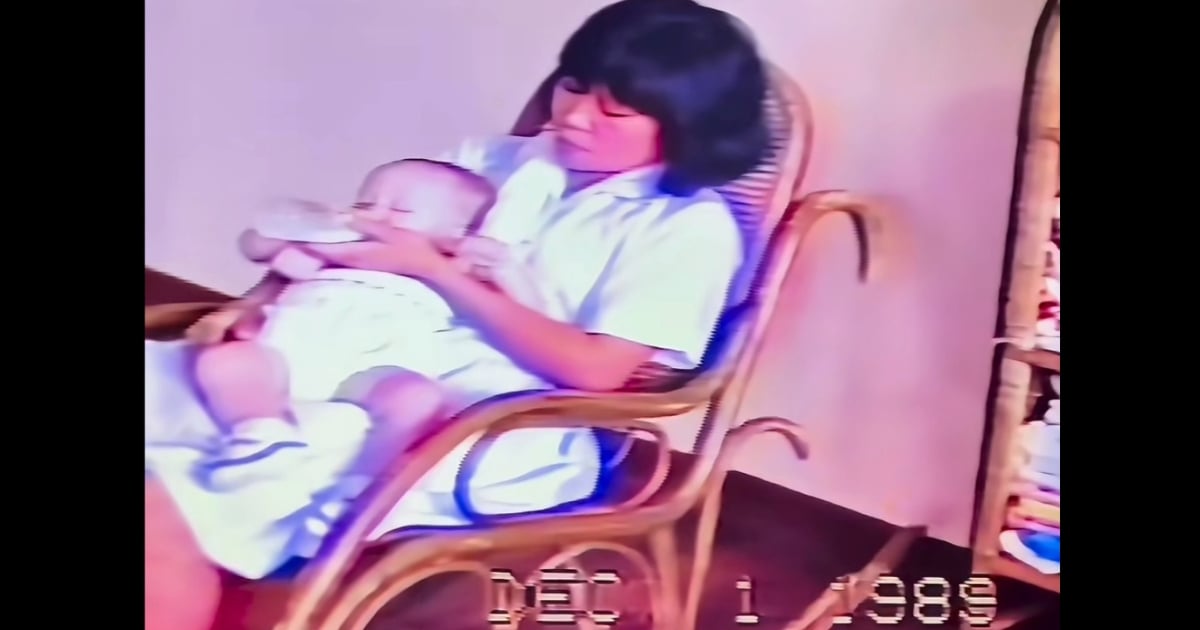Have you ever wondered why Prince Philip, despite his impressively lengthy title of 133 words long with dignities such as duke, earl, baron, and royal knight, never got to be known as “King”?
This detail might have sparked your curiosity during a marathon of “The Crown” or a dive into the depths of British monarchy history.
It strikes as particularly odd since the spouses of kings often get the queenly title.


This oddity raises eyebrows, especially when you consider the case of Queen Elizabeth II’s mother.
She was crowned Queen Elizabeth following her husband’s ascent, adopting the title of queen consort.
This title, though, signified her position was by virtue of marriage, not birthright.
So, the burning question is: why wasn’t Prince Philip ever dubbed King Philip or, at the very least, king consort after his wife became queen?


The unraveling of this royal enigma takes us into the thickets of parliamentary law and the steadfast traditions that govern the British monarchy.
While the succession laws don’t play favorites with gender, the same doesn’t hold true for the assignment of royal titles.
A man’s wife might take on the feminine form of his title, as Meghan Markle did, becoming Duchess of Sussex.
But the reverse scenario—husbands adopting titles from their wives—doesn’t apply, particularly for reigning monarchs.


This divergence highlights a crucial distinction: “queen” can refer to both a reigning monarch and a monarch’s wife, but “king” is exclusively used for reigning monarchs.
This difference isn’t just semantic; it’s steeped in a history of patriarchal values, underscoring a preference for male leadership and authority within the monarchy.
Delving deeper, this tradition reveals a longstanding patriarchal order where sons were prized over daughters, and the title of king was revered above all.
This hierarchy even finds its reflection in the ranking of kings over queens in playing cards, mirroring the societal norms and values of bygone eras.


The narrative of royal titles is a mesmerizing tapestry of law, tradition, and evolving gender roles.
While the monarchy has made strides toward modernity, some traditions, particularly those involving titles, cling firmly to their historical roots, showcasing the slow pace of change within such ancient institutions.


Grasping these subtleties sheds light on the intricate ballet of royal etiquette and the gradual march towards more inclusive, gender-neutral practices.
It serves as a vivid reminder of how deeply history and tradition are woven into the fabric of our present, influencing even the most established of institutions like the British monarchy.


The tale of Prince Philip’s title serves as a prime illustration of the British royal family’s navigation between the poles of tradition and progress.
Watching how these age-old customs evolve in response to the changing tides of societal values promises to be a captivating chapter in the ongoing story of the monarchy.


It’s a vivid example of how the past continues to cast long shadows over our contemporary world, reminding us of the enduring power of tradition in shaping the present.
The video below explains this fascinating part of British royalty!
Please SHARE this with your friends and family.















